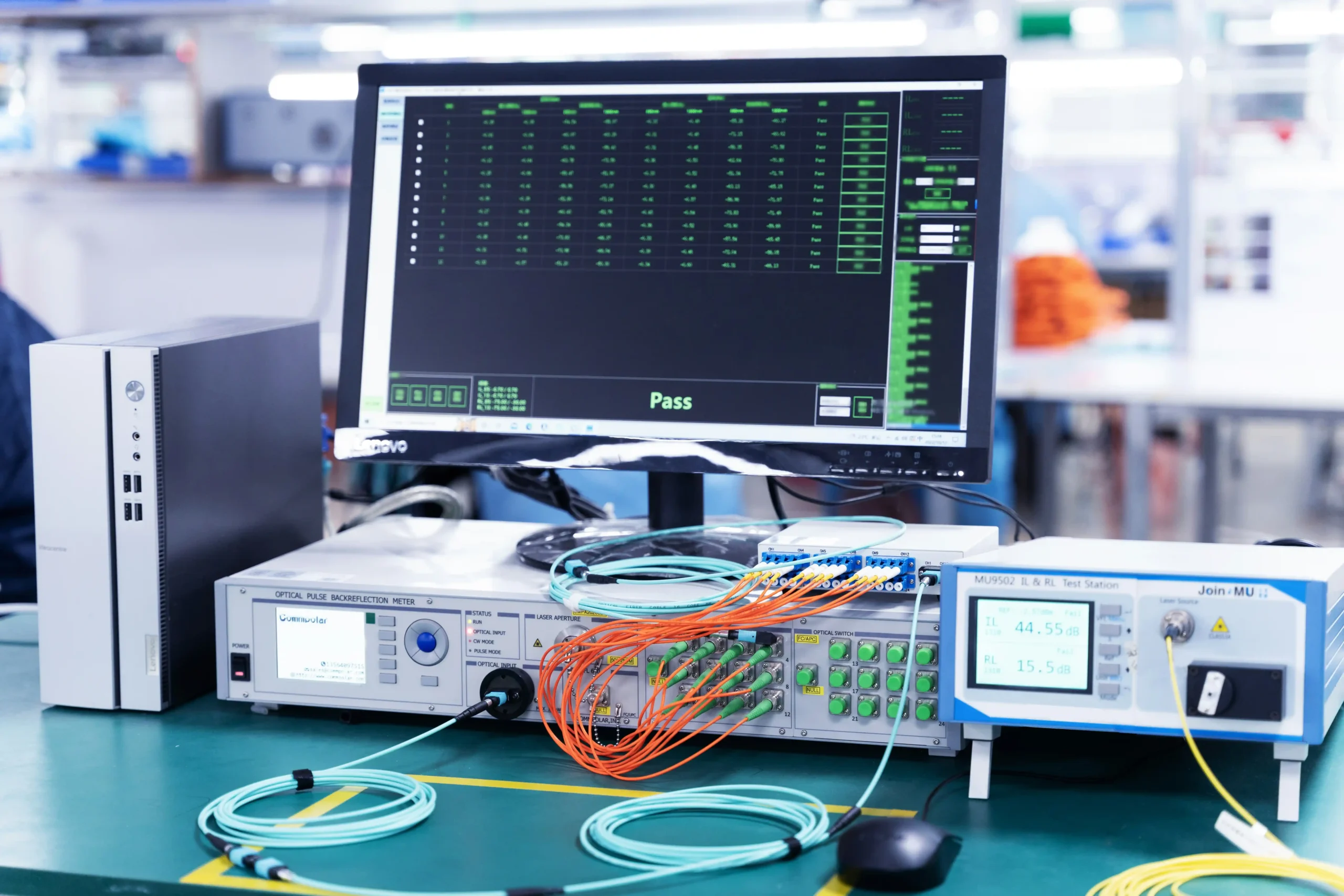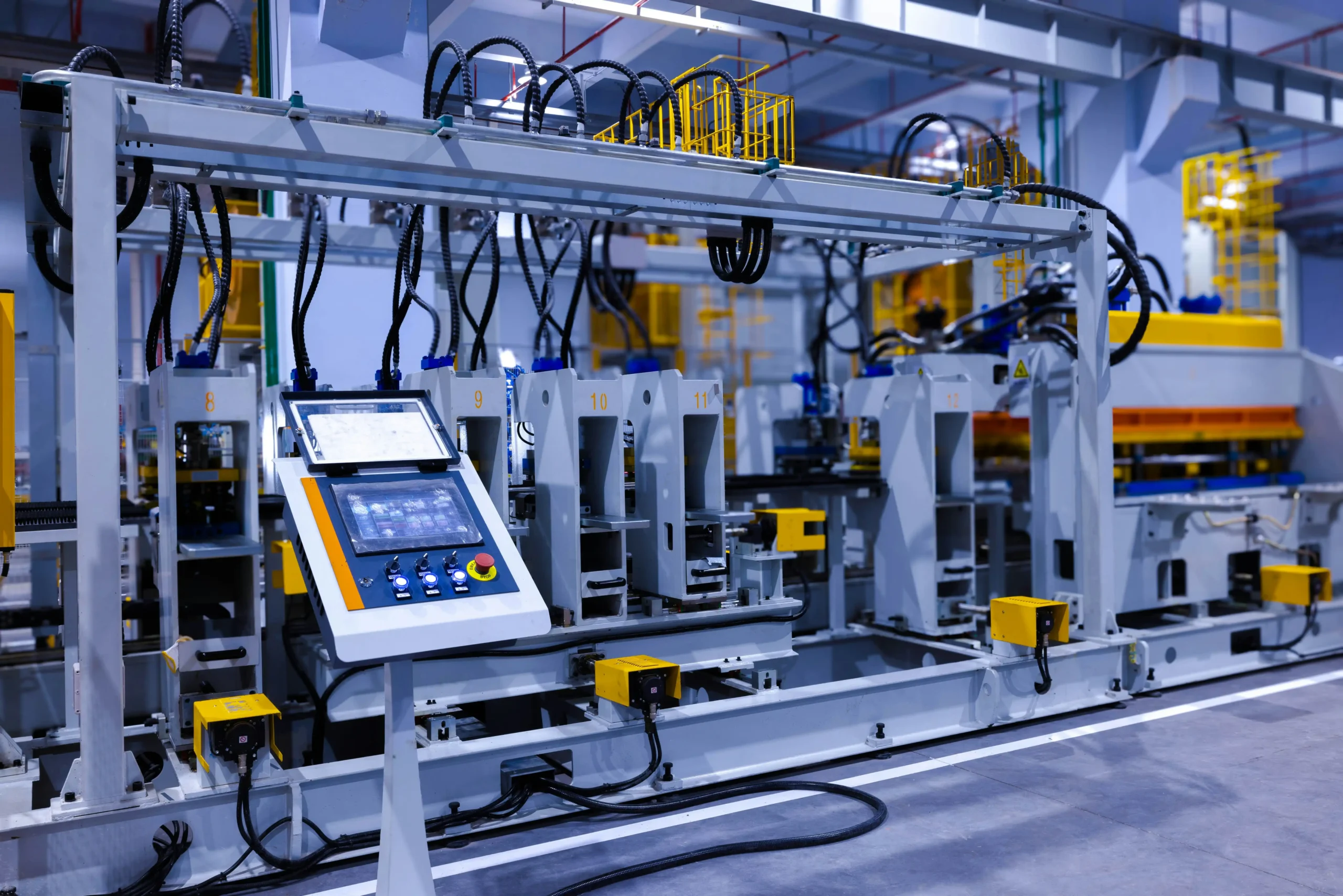The footwear manufacturing industry is undergoing a revolution thanks to the power of Internet of Things (IoT) technology. From improving production efficiency to enhancing product quality, IoT is paving the way for smarter, more connected footwear manufacturing. As the demand for high-quality, sustainable, and customizable products increases, the need for advanced technologies like IoT has never been more crucial.
In this blog, we will explore how IoT technology in footwear manufacturing is reshaping the industry and discuss the future of IoT in creating smarter, more efficient production lines.
What is IoT Technology?
The Internet of Things (IoT) refers to a network of interconnected devices that communicate and exchange data with each other through the internet. In manufacturing, IoT technologies enable the seamless integration of machines, sensors, and systems, providing real-time data that can be analyzed to improve processes. IoT in footwear manufacturing involves connecting various devices, sensors, and machines on the production floor, allowing for automation, real-time monitoring, predictive maintenance, and more.
How IoT Technology is Applied in Footwear Manufacturing
1. Real-Time Production Monitoring
One of the most impactful applications of IoT in footwear manufacturing is real-time production monitoring. By using sensors and smart devices, manufacturers can track the performance of production lines, machines, and equipment. This allows for immediate detection of issues such as equipment malfunction or production delays, which can be addressed proactively before they cause major disruptions.

For instance, IoT-enabled machines can automatically adjust their settings to maintain optimal efficiency or shut down when problems arise, reducing downtime and improving overall productivity.
2. Smart Inventory Management
IoT technology is also transforming inventory management in footwear manufacturing. By using RFID tags, sensors, and smart shelves, manufacturers can track the location and status of raw materials, semi-finished goods, and finished products throughout the supply chain. This real-time visibility ensures that the right materials are available when needed, reducing waste and eliminating stockouts or overstock situations.
With IoT-enabled inventory management systems, manufacturers can automate the ordering of materials based on usage patterns and forecast demand, ensuring a smooth and uninterrupted production process.
3. Automated Quality Control
Ensuring consistent product quality is a major challenge in footwear manufacturing. IoT technology helps automate the quality control process by using sensors and cameras to inspect products for defects during various stages of production. These smart systems can detect imperfections that may go unnoticed by human inspectors, such as misaligned stitching or faulty materials.
With IoT in quality control, manufacturers can ensure that only products meeting the highest standards are shipped, leading to improved customer satisfaction and fewer returns.
4. Personalized Production
One of the most exciting applications of IoT in footwear manufacturing is the ability to offer personalized products. Through IoT-enabled systems, manufacturers can collect data from customers on their preferences, foot size, and other specifications. This data can then be used to create shoes that are tailored to individual needs.
For example, 3D printing technology combined with IoT can create custom-fit shoes that are designed and produced in real-time, offering a truly personalized experience for consumers.
The Future of IoT in Footwear Manufacturing
The future of IoT in footwear manufacturing is incredibly promising, with technology evolving rapidly. As the industry continues to embrace smart manufacturing, IoT will play a pivotal role in driving innovation and sustainability. Here are some trends to look out for:
1. Smart Factories
As IoT technology advances, we will see the rise of “smart factories” where machines, sensors, and systems are fully integrated and capable of making autonomous decisions. These factories will be able to monitor their own performance, adapt to changes in demand, and optimize production in real time. Smart factories will help manufacturers reduce waste, improve efficiency, and minimize downtime.
2. AI and IoT Integration
The combination of IoT and artificial intelligence (AI) will unlock even greater potential for footwear manufacturing. AI can analyze the data collected by IoT sensors to predict maintenance needs, optimize production schedules, and improve the overall efficiency of the manufacturing process. For example, AI algorithms can predict when a machine is likely to fail, allowing manufacturers to perform maintenance before an issue occurs, preventing costly downtime.

3. Sustainability and Eco-Friendly Practices
As consumers demand more sustainable products, IoT will enable footwear manufacturers to create eco-friendly solutions. IoT can help monitor energy consumption, track waste materials, and optimize supply chain processes to reduce environmental impact. Additionally, IoT can be used to develop more sustainable materials, improve recycling processes, and reduce the carbon footprint of footwear production.
Challenges in Implementing IoT in Footwear Manufacturing
While the benefits of IoT in footwear manufacturing are clear, there are also challenges to its implementation:
1. High Initial Costs
The initial investment in IoT infrastructure can be substantial. Installing sensors, upgrading machines, and integrating systems require significant capital investment, which may be a barrier for some manufacturers, particularly smaller ones.
2. Data Security and Privacy
As IoT devices collect vast amounts of data, security becomes a major concern. Manufacturers need to ensure that their systems are secure from cyberattacks and that customer and operational data are protected.
3. Integration with Legacy Systems
Many footwear manufacturers use legacy systems that may not be compatible with newer IoT technologies. Integrating these systems with IoT solutions can be complex and time-consuming, requiring expertise and resources.
How to Start Applying IoT in Footwear Manufacturing
For footwear manufacturers looking to implement IoT, here are a few steps to get started:
1. Assess Current Processes: Begin by evaluating your current manufacturing processes and identifying areas where IoT can bring the most value, such as production monitoring or inventory management.
2. Invest in Scalable IoT Solutions: Choose IoT solutions that are scalable and can grow with your business. Start with small, pilot projects, and expand as you see results.
3. Train Your Workforce: Ensure that your employees are trained to use IoT devices and systems effectively. Investing in training is crucial to the successful implementation of new technologies.

4. Partner with IoT Experts: Work with IoT experts or technology providers who specialize in manufacturing solutions to help you integrate IoT into your existing systems.
Conclusion
IoT technology is transforming footwear manufacturing by enhancing productivity, improving quality control, and enabling personalized products. As IoT solutions continue to evolve, the future of IoT in footwear manufacturing looks promising, with smarter, more efficient production processes on the horizon. By embracing IoT today, footwear manufacturers can stay ahead of the competition, improve operational efficiency, and meet the growing demand for sustainable and customized footwear products.
Frequently Asked Questions (FAQ)
Q1: How does IoT improve production efficiency in footwear manufacturing?
IoT improves production efficiency by enabling real-time monitoring, automating processes, and predicting potential issues before they cause disruptions.
Q2: Is IoT technology expensive to implement in footwear manufacturing?
The initial investment can be high, but the long-term benefits, such as reduced downtime and improved efficiency, make it a worthwhile investment.
Q3: What are the key benefits of IoT in personalized footwear production?
IoT allows manufacturers to collect data on consumer preferences and create custom-fit footwear, enhancing customer satisfaction and offering a unique product experience.
